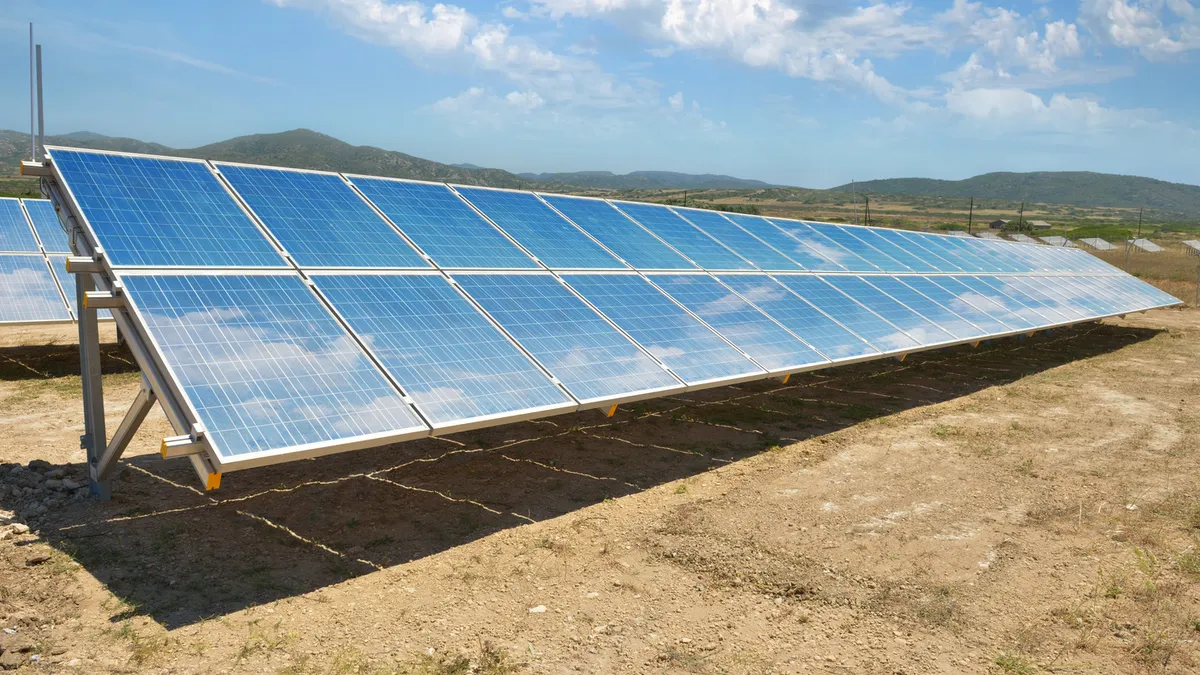Dive Brief:
- The U.S. community shared solar market will add 115 MW in 2015, a roughly 500% year-on-year increase in growth over the 21 MW added in 2014, and almost twice the 66 MW cumulative installed capacity at the end of last year.
- From 2015 through 2020, according GTM Research’s new report, "Community Solar Outlook 2015-2020," the sector will grow at 59% annually, add 1,800 MW, and be installing at the rate of 500 MW per year in 2020. It is, GTM reports, the most significant U.S. solar growth market.
- Some 29 developers are working in community shared solar projects, but sector leaders Clean Energy Collective and SunShare account for 32% the capacity now online. National residential market players like NRG, SunEdison, and SolarCity are expected to move in by 2020.
Dive Insight:
Some 24 states have community shared solar projects and 20 states have or are in the process of enacting legislation. But California, Colorado, Massachusetts, and Minnesota will add over 80% of new capacity through 2017. Geographic diversification will follow.
Community shared solar offers subscribers without solar suitable roofs benefits of solar such as reduced cost and long term fixed prices. Because it offers utility customers the solar opportunity, it is the “biggest trend” for solar at utilities, according to Senior Research Manager Becky Campbell, co-author of a recent Solar Electric Power Association (SEPA) report on the topic.
New data in DOE’s recent report on shared solar shows an estimated 49% of households and 48% of businesses unable to host solar on their own rooftops.
“By opening the market to these customers,” it reports, “shared solar could represent 32% to 49% of the distributed PV market in 2020, thereby leading to cumulative PV deployment growth in 2015 to 2020 of 5.5 GW to 11.0 GW, and representing $8.2–$16.3 billion of cumulative investment.”














